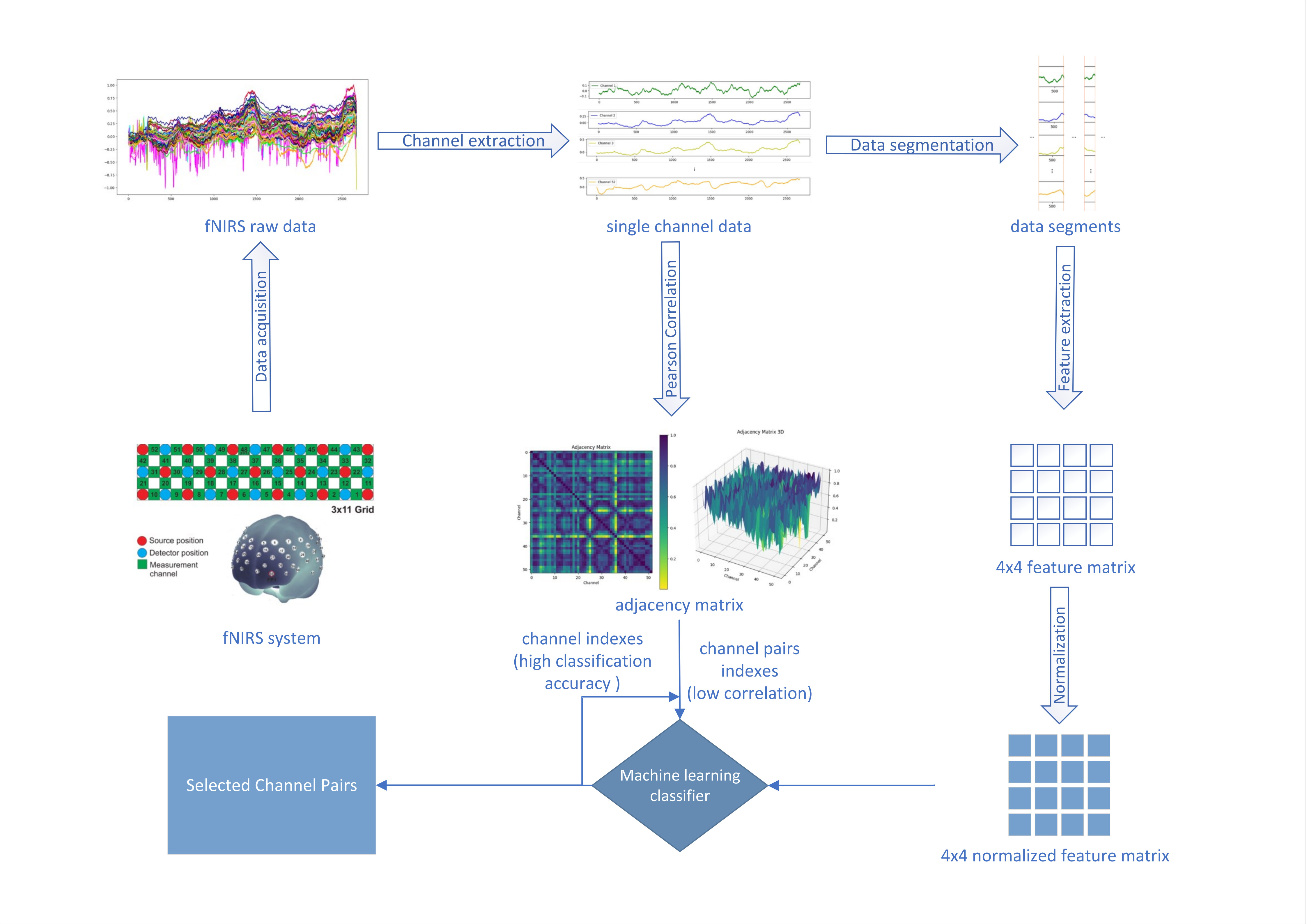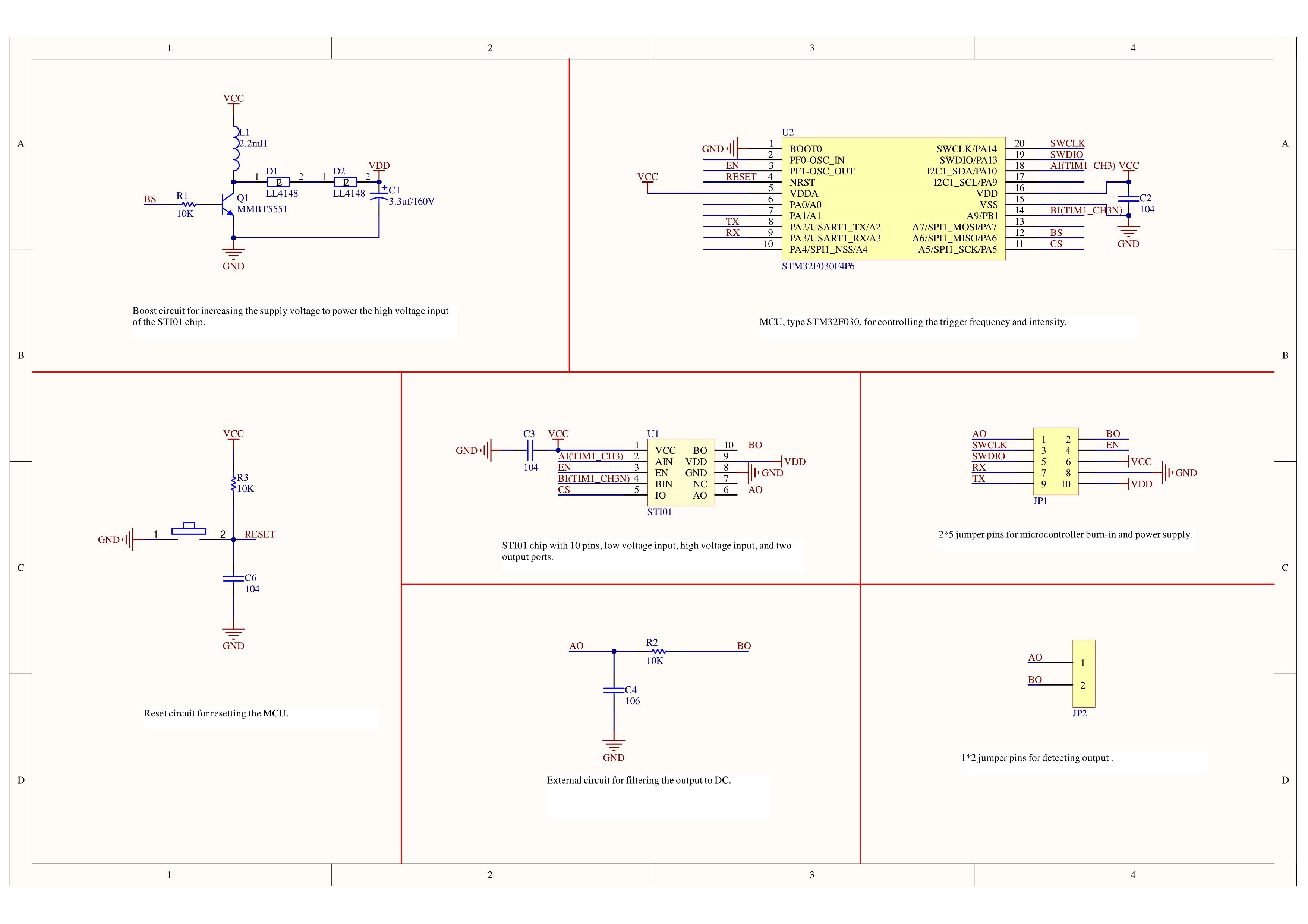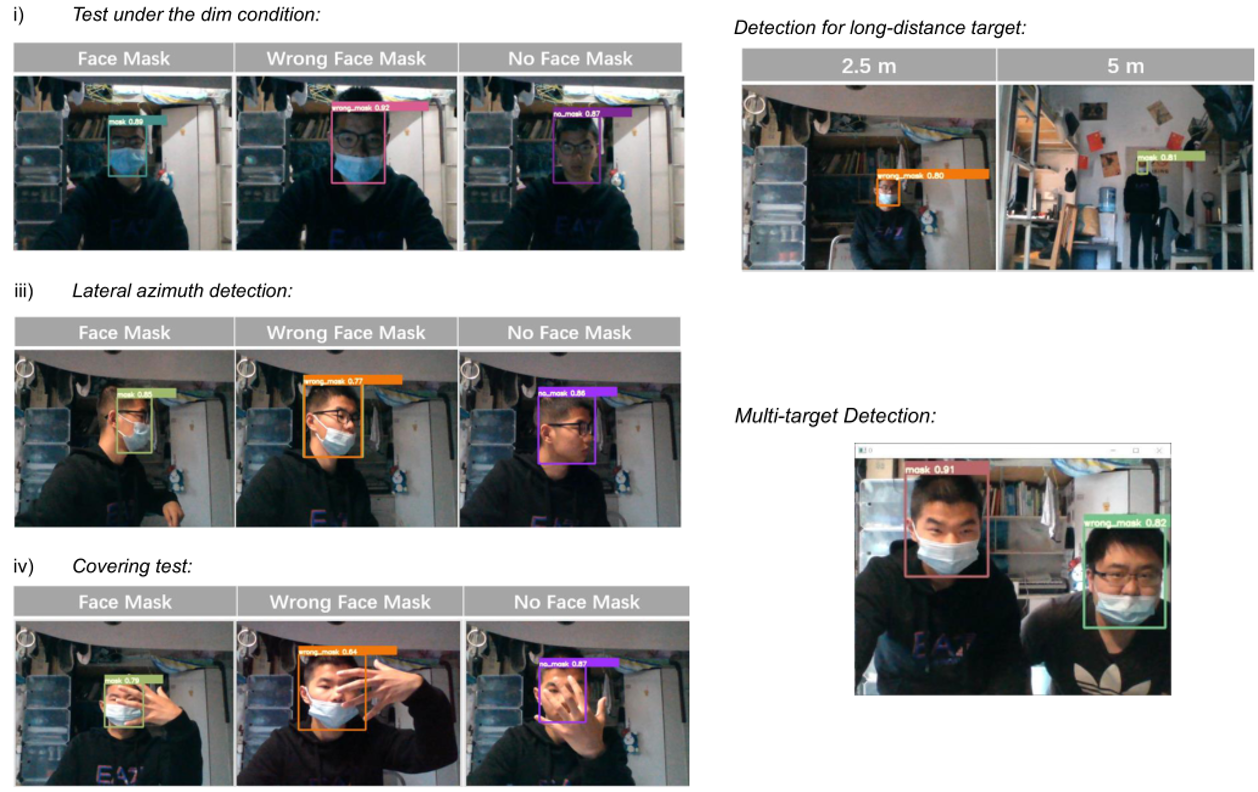
I am currently a PhD student at the Institute for Imaging, Data and Communications (IDCOM), the School of Engineering, the University of Edinburgh. My principal supervisor is Dr. Yang.
Prior to this, I was an algorithm engineer at JITRI Brain-Machine Fusion Intelligence Institute, Jiangsu Industrial Technology Research Institute. I was responsible for brain-computer interface algorithm development.
Before that, I completed my M.S. in Signal Processing and Communications at the University of Edinburgh, advised by Dr. Elliot J. Crowley. Prior to my MSc, I pursued a BEng in Electronic and Electrical Engineering from the University of Leeds and Southwest Jiaotong University. My undergraduate supervisor was Prof. Huang.
My research interests include (but are not limited to):
- Deep learning
- Tomography
- Medical Imaging
- Inverse Problem
- BCI
In my leisure time, I enjoy photography, outdoor activities, and playing Genshin Impact.
Recent Works
最近工作

Minimal Electrode EEG for BCI Emotion Detection
Yuxin Li, Hao Fang, Wen Liu, Chuantong Cheng, Hongda Chen
This study achieves high-accuracy EEG-based emotion recognition (92.8%) using minimal electrode configuration (T7 and T8), advancing efficient and cost-effective BCI device development.

Journal of Neural Engineering (under review)
Yuxin Li, Hao Fang, Wen Liu, Chuantong Cheng, Hongda Chen
Achieving high subject-independent accuracy in online classification is an important part in the field of functional near-infrared spectroscopy (fNIRS) based Brain-computer Interface (BCI), especially with a reduced number of channels. However, it is often not possible to achieve both of them. In this paper, we proposed a novel feature extraction scheme for fNIRS dataset to improve the subject-independent accuracy. Additionally, we proposed a channel selection algorithm to locate the ROI (Region of Interest) channels, reducing the number of channels required for such classification tasks.

V-SWIR-IF: Visible and Short-Wave Infrared Image Fusion
Hao Fang, Guanjie Xu, Gaomin Su, Chuantong Cheng
An image fusion algorithm for fusing visible light and short-wave infrared (SWIR) images. This work was supported by the National Key R&D Program of China (Grant No.2021YFB3601201).

Enabling Transcranial Electrical Stimulation via STI01: Experimental Simulations and Hardware Circuit Implementation
Guanjie Xu, Gaomin Su, Hao Fang, Yue Li
A novel utilization of a chip, STI01, developed in China and traditionally used for muscle stimulation, to meet the demands of transcranial electrical stimulation (tES).

Hao Fang
I employed deep learning algorithms such as fast style transfer, VQGAN-CLIP, DALLE-2, and Stable Diffusion to generate amazing artworks in various styles that depict the landscapes in Edinburgh. Besides, I set up an online art gallery on GitHub Pages to display these art creations.

Real-time Face Covering Detection Based on Deep Learning
Hao Fang
A three-class object detection problem using the YOLOv5 deep learning algorithm. The aim was to check if individuals wear their masks correctly. This real-time detection system has significant potential for practical use and commercial value during the pandemic.

Hao Fang
A WeChat mini-program I developed for our BCI device. You can access my mini-program by searching for "BrainTunes" in the WeChat client.